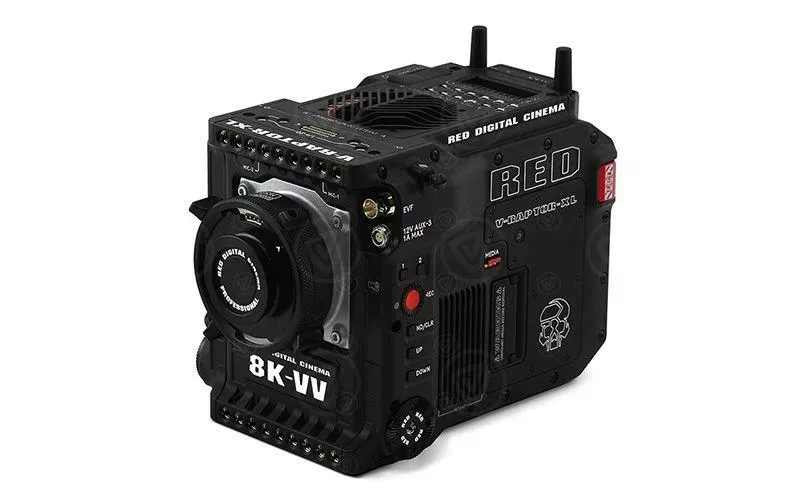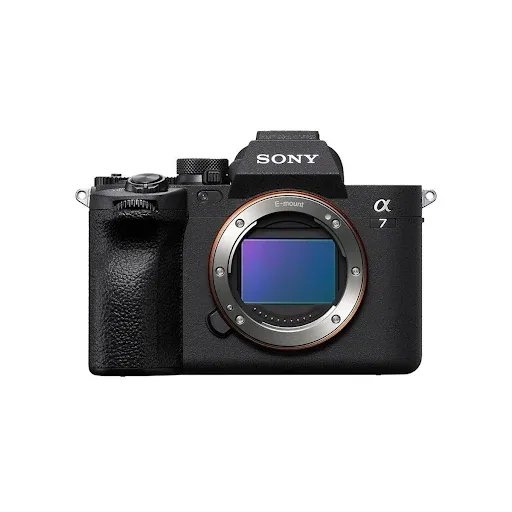The Mandalorian was one of the first series to use virtual production - MAKING OF
The Mandalorian is a highly-acclaimed Disney+ original series that has garnered widespread praise for its immersive and visually-stunning world. The series, which is set in the Star Wars universe and follows the adventures of a lone bounty hunter, is notable for its use of virtual production techniques to create its digital environments and special effects.
Virtual production involves the use of real-time computer graphics to create digital sets and backgrounds. This allows filmmakers to visualize and manipulate a virtual environment while they are shooting, rather than building physical sets and relying on costly post-production processes to add digital effects. This approach allows for greater flexibility and creativity on set, as well as faster turnaround times and lower costs.
The Mandalorian was one of the first television shows to use virtual production extensively, with the majority of the series being shot entirely on green screens and using computer-generated backgrounds and effects. This allowed the filmmakers to create a rich and detailed digital world, with a wide range of environments and settings, including the desolate planet of Arvala-7, the bustling city of Nevarro, and the seedy underworld of the Corvus system.
One of the key benefits of using virtual production in the making of The Mandalorian was its ability to create highly realistic visual effects. In the past, filmmakers often had to rely on post-production processes to add digital effects to their footage, which could be time-consuming and expensive. With virtual production, the filmmakers were able to create and manipulate digital sets and backgrounds in real-time, allowing them to achieve a seamless and convincing visual effect.
Another advantage of virtual production was its ability to save time and money. Traditional production methods can be very expensive and labor-intensive, with large crews, complex sets, and long post-production processes. By using virtual production, the filmmakers were able to streamline their workflow, reducing the need for physical sets and props, and cutting down on post-production time and costs.
Furthermore, virtual production offered greater flexibility and creativity on set. The filmmakers were able to quickly and easily experiment with different camera angles, lighting, and other elements of the digital environment, allowing them to find the best way to tell their story. This also allowed for more efficient collaboration between different departments, as designers, directors, and other members of the production team could work together in real-time to create the best possible final product.
Overall, the use of virtual production in the making of The Mandalorian has allowed the filmmakers to create a highly realistic and immersive visual experience for viewers. As this technology continues to evolve and improve, we can expect to see even more impressive and innovative uses of it in the future.
All rights to DISNEY.


